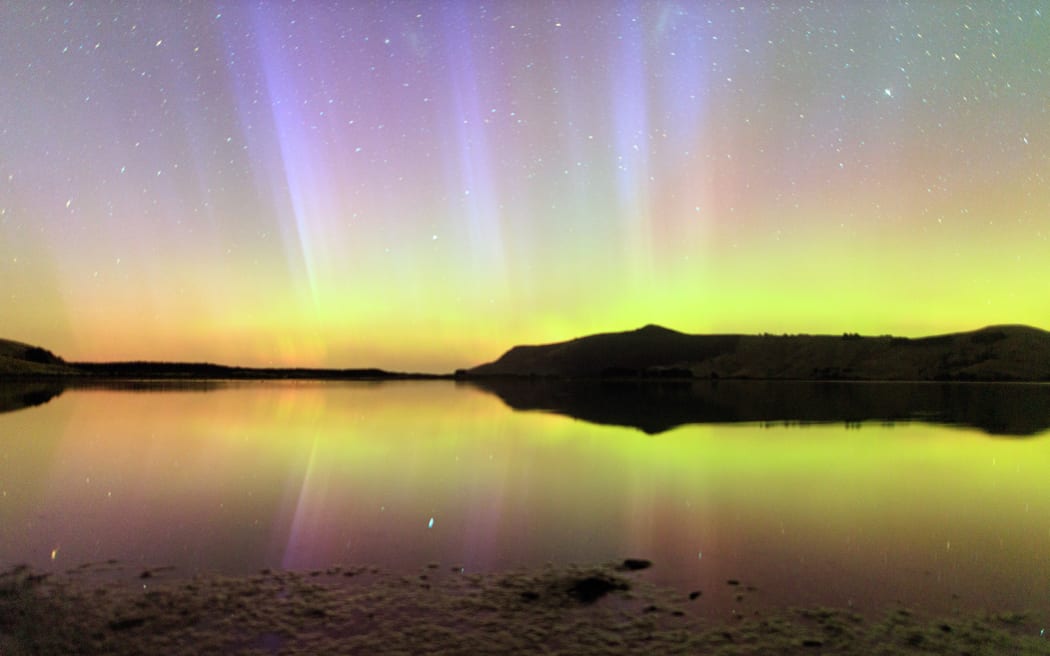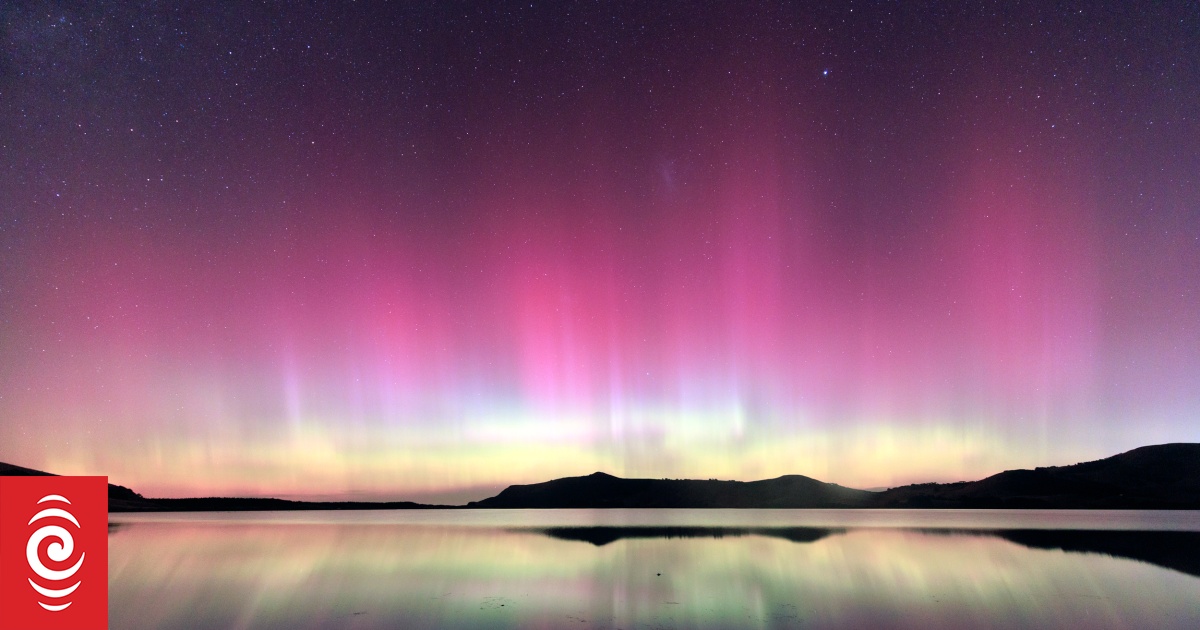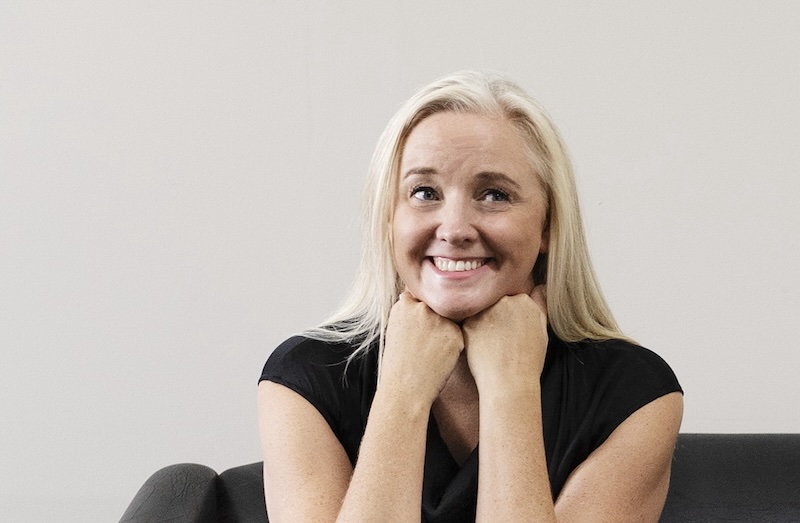Aurora Australis (The Southern Lights) as seen over New Zealand’s skies on 27 February, 2023.
Photo: Supplied / Ian Griffin
Seeing otherworldly-looking aurora from New Zealand is more likely for the next couple of years with a solar maximum creating promising conditions, and especially good conditions in March.
Both the Aurora Australis (Southern Hemisphere) and Aurora Borealis (Northern Hemisphere) have been particularly active following recent solar storms, and more are expected.
Astronomer and Otago Museum Director Dr Ian Griffin said the solar storms were caused by magnetically driven explosions on the sun, which fire material at high speed away from the sun, called Coronal Mass Ejections (CME).
“If the sun spots in the right position on the sun, that material will head directly towards the earth.”

More auroras are expected this week due to a period of solar maximum.
Photo: Supplied / Ian Griffin
Griffin said a period of solar maximum happened once every 11 years when the sun was particularly active with lots of spots on its surface.
The solar maximum would make conditions for aurora more favourable for the next couple of years.
But in March and September, another condition also occurs that makes seeing aurora more likely.
“In March and September, near the equinoxes, Earth’s magnetic field is more easily coupled with the sun’s, and that means we get even more solar activity,” Griffin said.
“We’re entering the peak time.”
Even better – Griffin said on Sunday that there had been a Coronal Mass Ejection detected exploding from the sun.
“There might even be an aurora this week because there’s a CME coming.
“There might be – it’s more likely – but it’s pretty hard to predict for sure.”
However the full moon falls on 8 March, and the brighter the moon is, the more difficult it is to see aurora.
“But you can see the aurora at full moon – if it’s really bright”, Griffin said.
For those wanting to see the southern lights, Griffin said a clear night away from the city lights with a view to the south was optimal.
However those at the bottom end of the South Island were likely to get the best view.
Griffin said the naked eye was not able to see the aurora as well as a camera, but people should not let that put them off.
“The display I saw on last Monday night, it was wonderful. I could see a greenish hue low to the horizon and occasional tints red and slowly, almost mystical, glowing moving parts of the sky.”
For those wanting to photograph the aurora, “put your camera on a tripod and set the speed as high as it will go and open the shutter for about 5 to 10 seconds, maybe a bit longer,” Griffin said.
He said it was an exciting time for those who chased the aurora.





















Discussion about this post